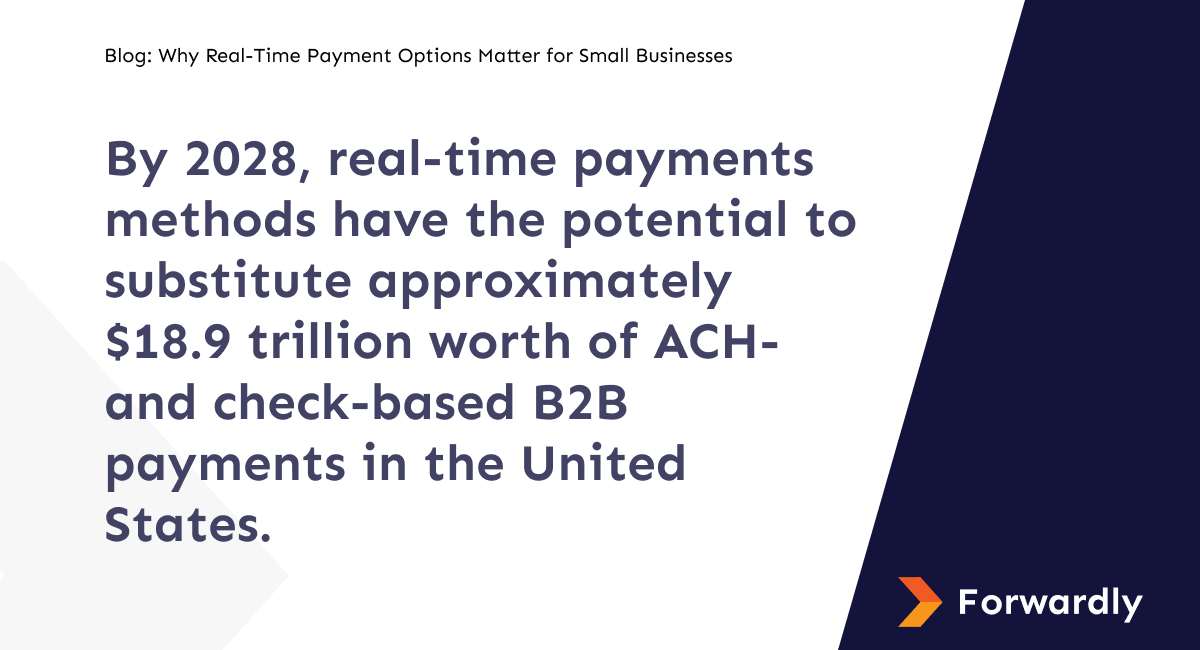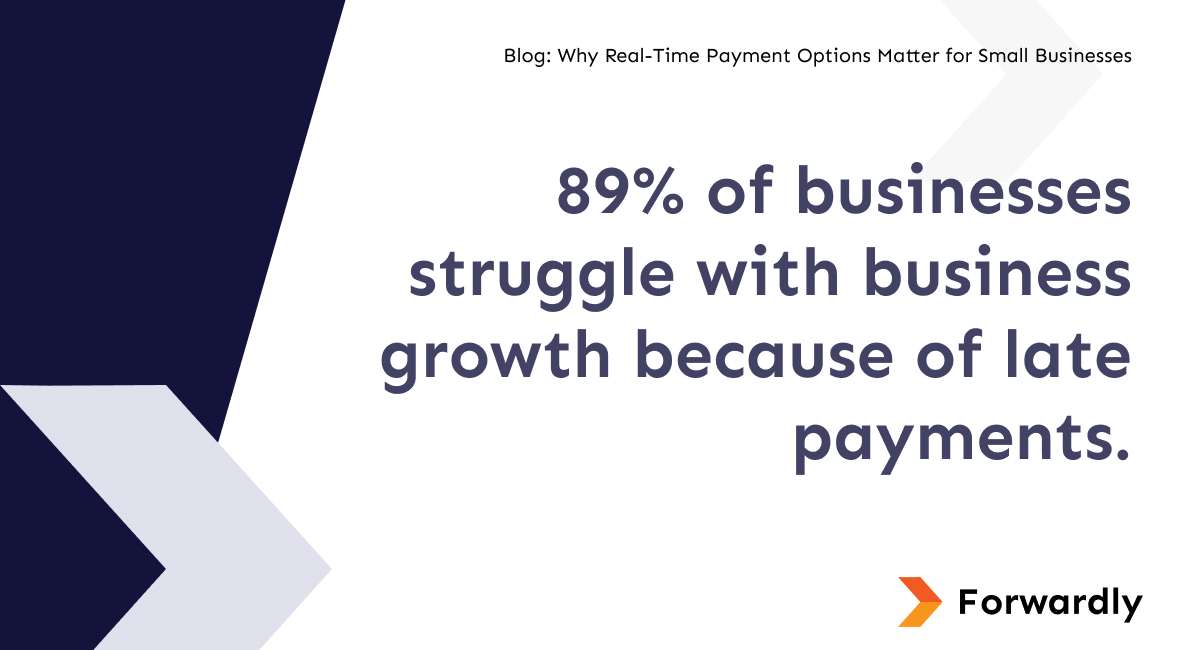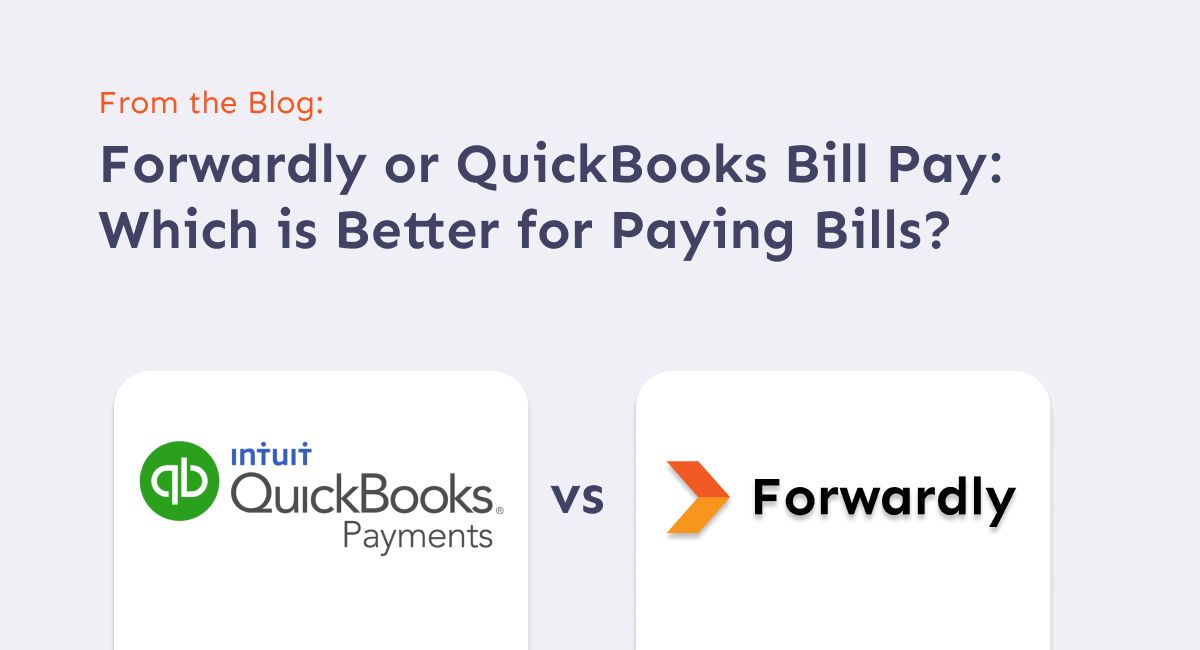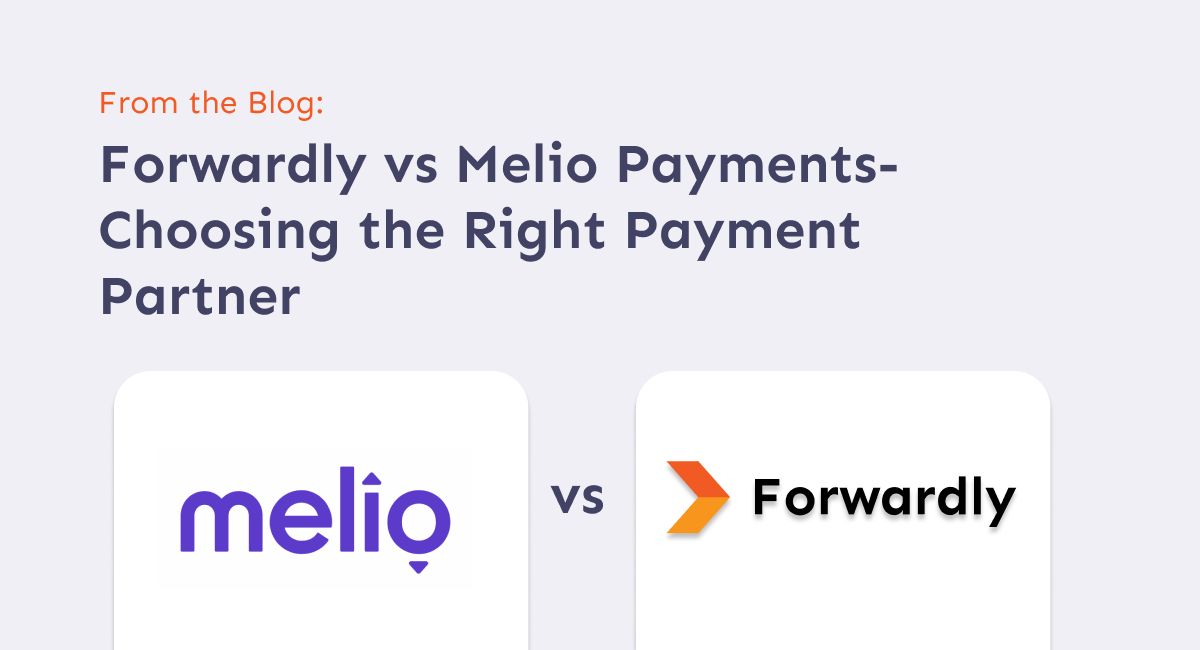In a world where time is money, waiting for your business-to-business (B2B) payments to settle can be a significant challenge. Late payments not only stress business owners but also put a strain on relationships with your suppliers. Speeding up the payment process, on the other hand, can lead to improved happiness and reduced stress levels. Real-time payments (RTP) offer a fantastic solution for your business and come with a host of benefits. Not a lot of information is out there for accountants and business owners, but we’re here to help you bridge the knowledge gap.
What are real-time payments?
Real-time payments, as the name suggests, are transactions that happen instantly, allowing money to move from one party to another in a matter of seconds. This remarkable speed stands in stark contrast to conventional and traditional B2B payment methods, such as checks, wire transfers, and ACH payments, which often introduce frustrating delays of hours or even days.
Real-time B2B payments are a game-changer, offering efficiency and agility to businesses. They facilitate rapid settlement of invoices, reduce the need for complex reconciliations, and improve cash flow management.
Why are businesses demanding faster B2B payments?
The answer lies in the demand for speed and convenience. Waiting for days for a payment to clear can be a significant roadblock. In 2022, ACH and checks were the most common ways for B2B payments to be sent and received. According to the 2022 AFP Digital Payments Report, 35% of North American B2B payments in 2022 were done using ACH, and 25% were made using paper checks. Checks have their own share of drawbacks like slow speed and high costs. On the other hand, even mythological “instant ACH transfers“ do not guarantee same-day payment, much less a truly instant payment transfer.
89% of businesses struggle with business growth because of late payments. As a business owner, the ability to make and receive payments instantly can greatly improve your financial operations.
How real-time payments differ from traditional methods
Traditional payment options are notorious for being slow and inefficient. The cumbersome process of issuing and processing checks, waiting for wire transfers to go through, and dealing with paper invoices can lead to significant delays.
These slow and inefficient B2B payment processes pose several challenges:
Delays: Outdated payment solutions often do not operate after hours or on weekends, causing significant delays. Real-time payments happen instantly within seconds and are available 24/7/365.
High Processing Fees: Traditional credit card payments can be costly for businesses. A 2.9% processing fee on a $1,000 payment amounts to $29, compared to just 1% (minimum $1, maximum $10 per transaction) with a modern real-time payment solution like Forwardly.
What powers the real-time payment process?
Real-time payment efficiency is driven by its advanced digital infrastructure, known as a “payments rail.” The RTP® Network was first introduced in the USA by The Clearing House in 2017. Although small businesses were slower to use it, the RTP Network moved over $174 million in 2022. And just recently, on September 1, 2023, they hit a big milestone by handling more than 1 million payments in just one day.
But there’s an even bigger game-changer on the horizon: the Federal Reserve’s new FedNow Service. This service aims to transform the financial landscape by reaching out to over 9,500 financial institutions. FedNow Service will simplify the way businesses operate by allowing you to smoothly transfer payments directly from the central bank into your personal account through account-to-account transfers. It’s a revolutionary step that can make your business’s financial transactions faster and more convenient.
Benefits of modern payment solutions for small businesses
Currently, 37% of American businesses employ real-time payments systems for handling invoice payments. By 2028, real-time payments methods have the potential to substitute approximately $18.9 trillion worth of ACH– and check–based B2B payments in the United States. This change is expected because real-time payments come with many benefits.

Faster Cash Flow
Real-time payments enhance liquidity, ensuring that funds are available immediately for operational needs or investment opportunities. About 31% of companies see round-the-clock, year-round access as a major advantage of real-time payments.
Improved Efficiency
Instant transactions reduce administrative burdens, allowing small business owners to focus more on growing their businesses and gaining better insight into their cash flow.
Better Vendor Relationships
Prompt payments positively impact supplier relationships, potentially leading to better terms, deals, and improved collaboration.
Enhanced Financial Control
Real-time payments tracking, and transparency provide businesses with a better understanding of their financial health, allowing for more informed decisions.
Getting started with real-time payments
So, how can small businesses enjoy the advantages of real-time payments? It’s simpler than you might think. Look for a modern payment solution like Forwardly, which seamlessly integrates with accounting software like QuickBooks Online and Xero.
Forwardly offers bank-agnostic transfers for instant settlements and reconciliation within seconds. What’s more, it comes with processing fees that are 60-80% lower than traditional credit card payments. The future of B2B payments is undoubtedly moving towards real-time payment solutions. With the demand for quicker, more efficient, and cost-effective payment options on the rise, embracing RTP is a step in the right direction for small businesses.
Don’t wait for your payments to clear slowly; experience the future of B2B payments with Forwardly. Join today and experience for yourself the benefits of instant payments, lower processing fees, and cash flow forecasting tools. Say goodbye to delays and hello to a brighter, more efficient financial future!
 Back to Blog
Back to Blog



